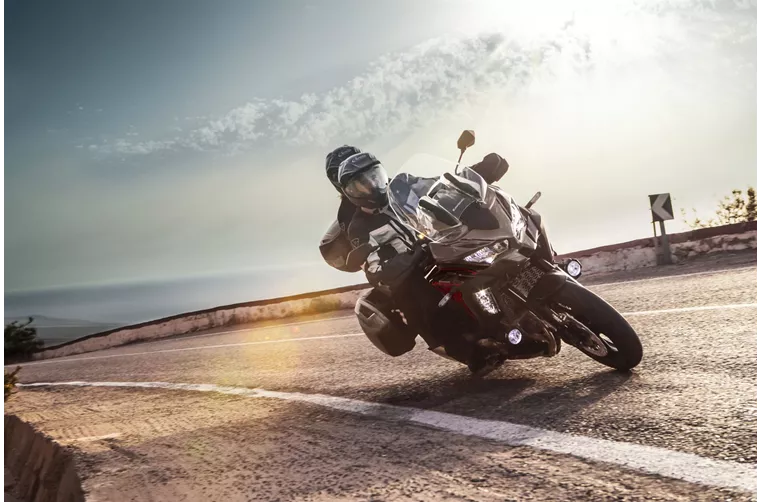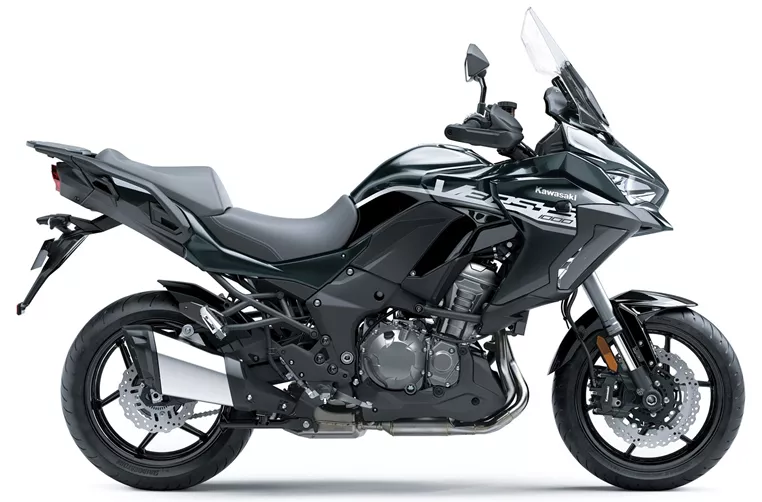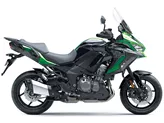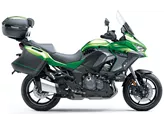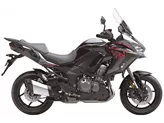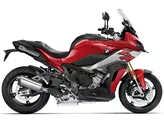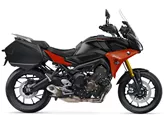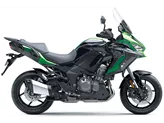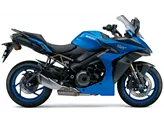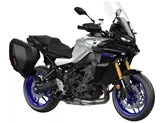Kawasaki Versys 1000 S 2021 vs. Kawasaki Versys 1000 SE 2020
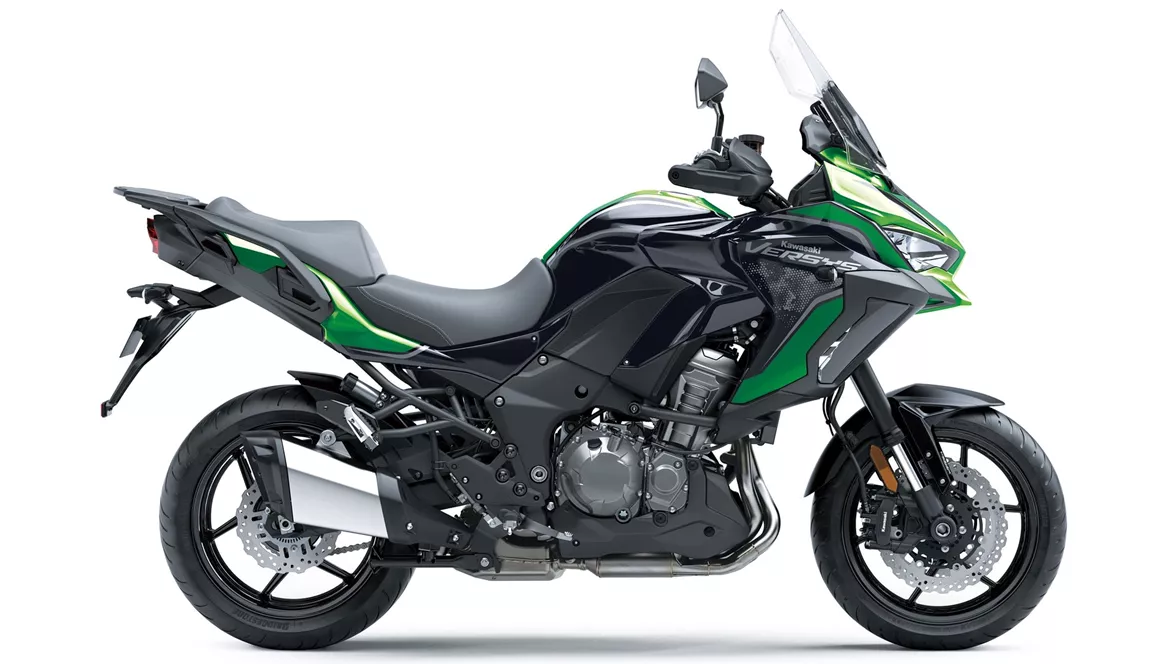
Kawasaki Versys 1000 S 2021
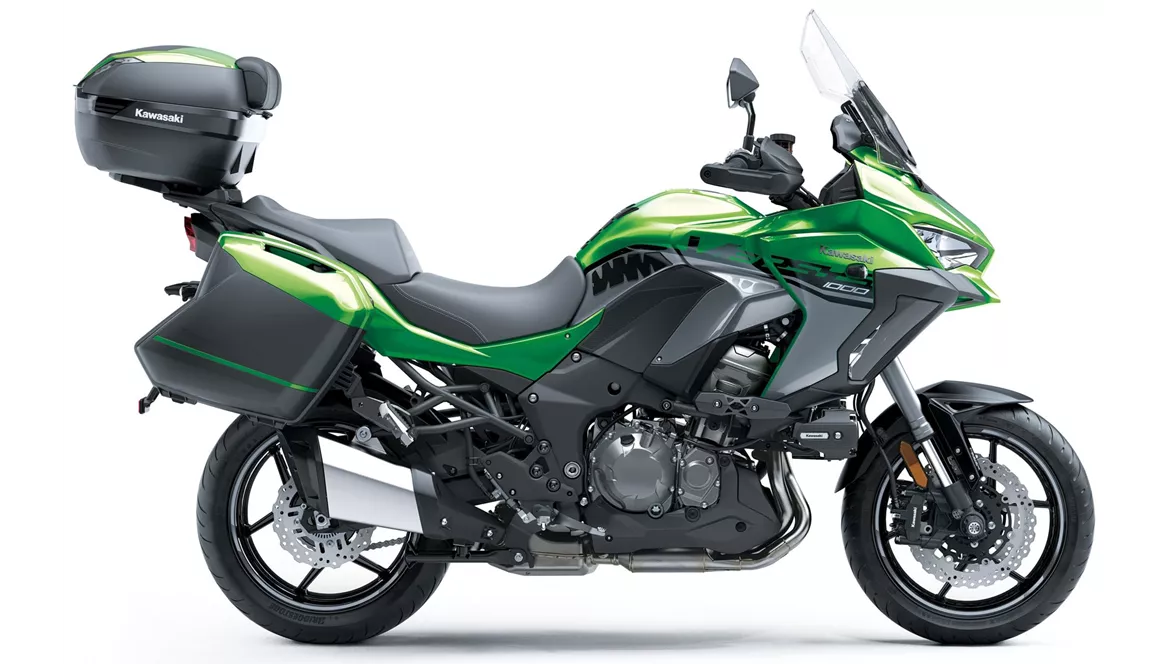
Kawasaki Versys 1000 SE 2020
Overview - Kawasaki Versys 1000 S 2021 vs Kawasaki Versys 1000 SE 2020
When comparing the Kawasaki Versys 1000 S 2021 and the Kawasaki Versys 1000 SE 2020, it is evident that both models share many similarities in terms of technical specifications. They both have an in-line four-cylinder engine with a bore of 77 mm and a stroke of 56 mm, producing 120 HP of engine power and 102 Nm of torque. The starter is electric, and the transmission is chain-driven. The displacement is 1043 ccm, and they both have four cylinders.
In terms of suspension, both models feature an upside-down telescopic fork on the front with a travel of 150 mm and adjustable compression, preload, and rebound settings. The rear suspension consists of a swing arm with a monoshock and a travel of 152 mm. The suspension settings can also be adjusted for compression, preload, and rebound.
Both the Kawasaki Versys 1000 S 2021 and the Kawasaki Versys 1000 SE 2020 have an aluminum frame with a rake of 63 degrees and a trail of 106 mm. The front brakes are double disk, providing reliable stopping power. They also share advanced rider assistance systems such as ABS, Ride by Wire, and a Quickshifter.
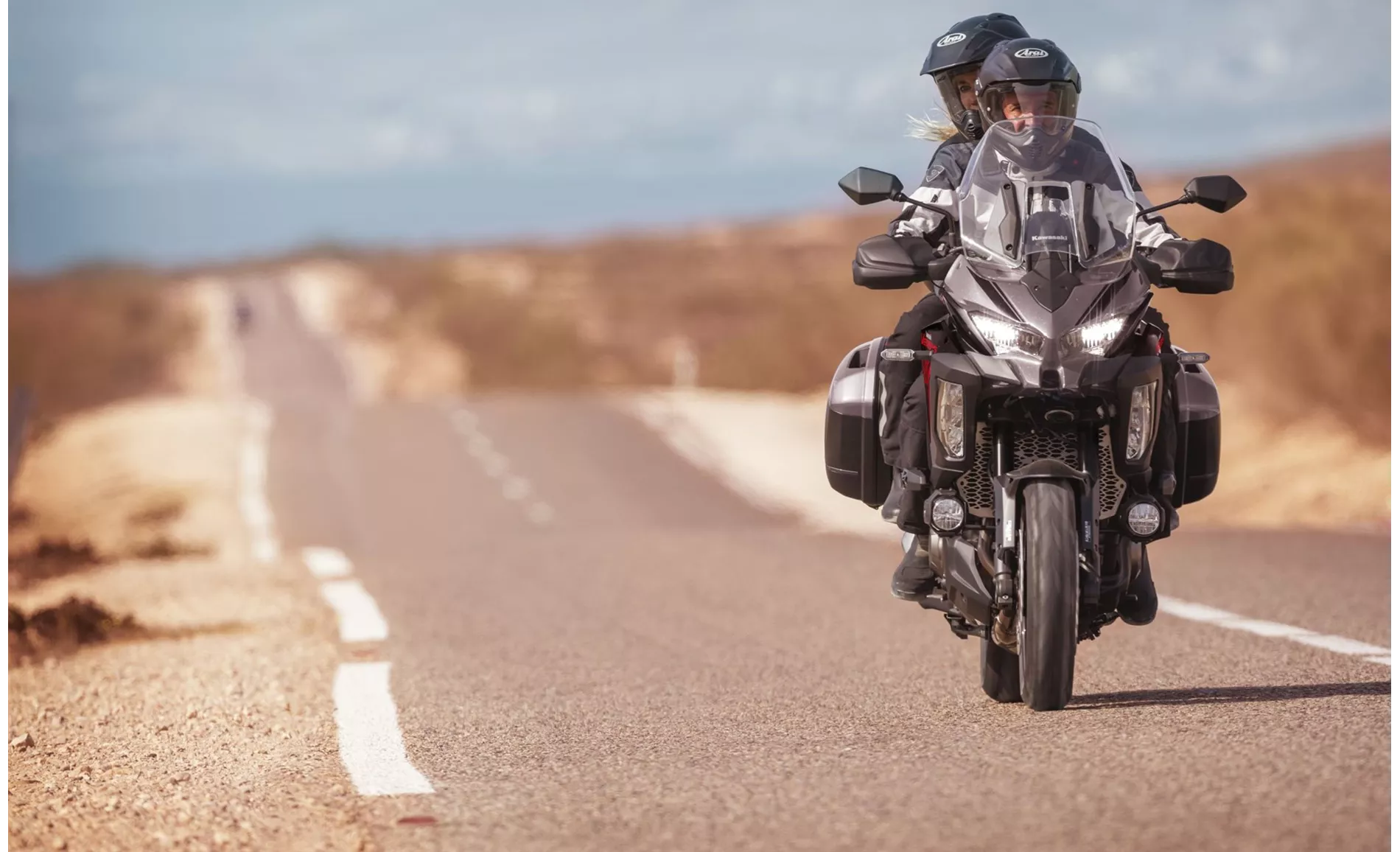
Kawasaki Versys 1000 S 2021
In terms of dimensions and weights, both models have a front tire diameter of 17 inches and a rear tire width of 180 mm with a diameter of 17 inches. The wheelbase is 1520 mm, and the seat height is 840 mm. The kerb weight, including ABS, is 257 kg, and the fuel tank capacity is 21 liters.
Both the Kawasaki Versys 1000 S 2021 and the Kawasaki Versys 1000 SE 2020 come equipped with heated grips, cornering lights, and LED headlights, providing enhanced visibility and safety.
When it comes to strengths, the Kawasaki Versys 1000 S 2021 offers a very comfortable seating position, thanks to its ergonomic design. The in-line four-cylinder engine delivers a smooth and refined performance. The full electronics package, including the advanced rider assistance systems, adds to the overall riding experience. The adjustable windshield allows for customization based on the rider's preference. The braking system is well controllable, providing confidence in various riding conditions. Additionally, the distinctive look of the motorcycle adds to its appeal.
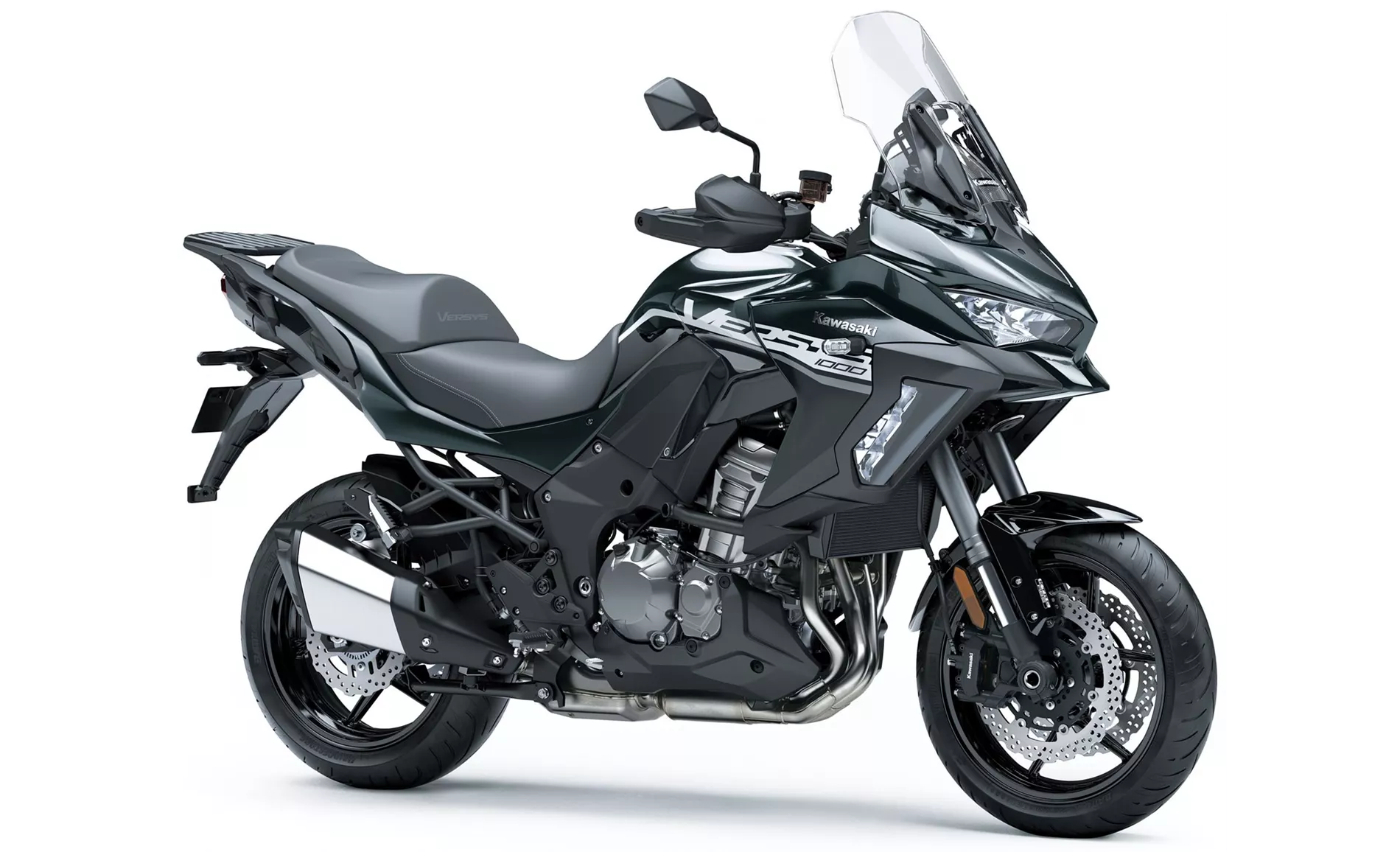
Kawasaki Versys 1000 SE 2020
On the other hand, the Kawasaki Versys 1000 SE 2020 excels in high riding comfort for both the rider and passenger. The motorcycle offers great wind and weather protection, ensuring a comfortable riding experience even in adverse conditions. The high-quality chassis can be adjusted precisely to meet the rider's requirements, enhancing the overall handling and stability. The engine is well controllable and rev-happy, delivering strong pull throughout the rev range.
However, both models have their weaknesses. The Kawasaki Versys 1000 S 2021's windshield is not adjustable with one hand, which may be inconvenient for some riders. The Kawasaki Versys 1000 SE 2020's standard windshield is too generously dimensioned, resulting in limited wind flow even at the lowest setting. Additionally, the display and mobile phone app of the SE model may not meet the expectations set by competitors.
In conclusion, while the Kawasaki Versys 1000 S 2021 and the Kawasaki Versys 1000 SE 2020 share many similarities in terms of technical specifications, they have their unique strengths and weaknesses. Riders should consider their specific preferences and requirements to choose the model that best suits their needs.
Technical Specifications Kawasaki Versys 1000 S 2021 compared to Kawasaki Versys 1000 SE 2020
Pros and Cons in comparison
Pros and Cons in comparison
Kawasaki Versys 1000 S 2021
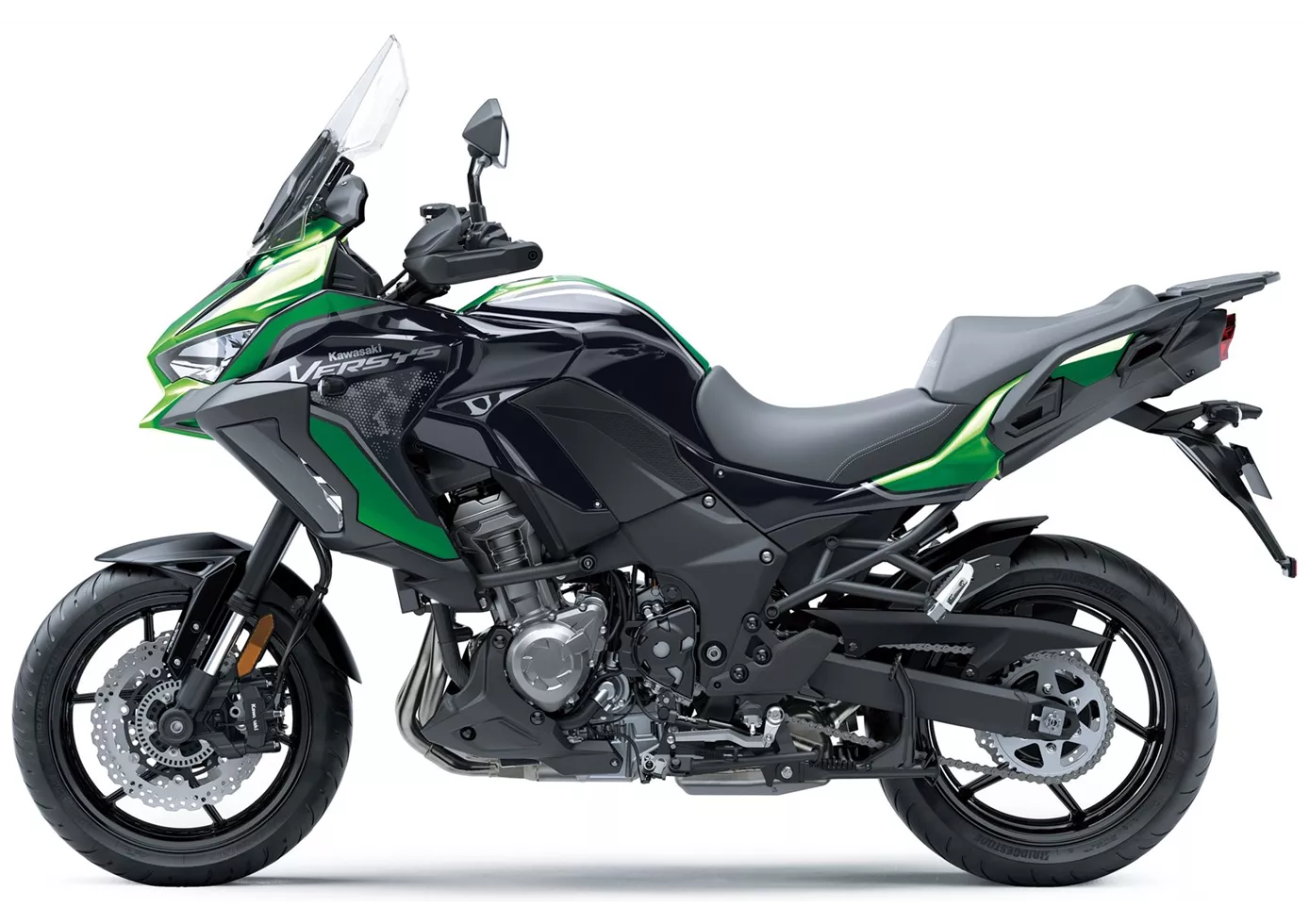
The supposedly less well-equipped Versys 1000 S merely dispenses with the electronically adjustable chassis of the SE - and thus offers almost the same performance as the top model. This means that the S also has all the comfort features on board that make a long journey not only bearable, but really enjoyable. You don't necessarily feel the few kilos less than the SE, but the S is also an ideal companion on long tours when comfort and uncomplicated handling are paramount.
Kawasaki Versys 1000 SE 2020
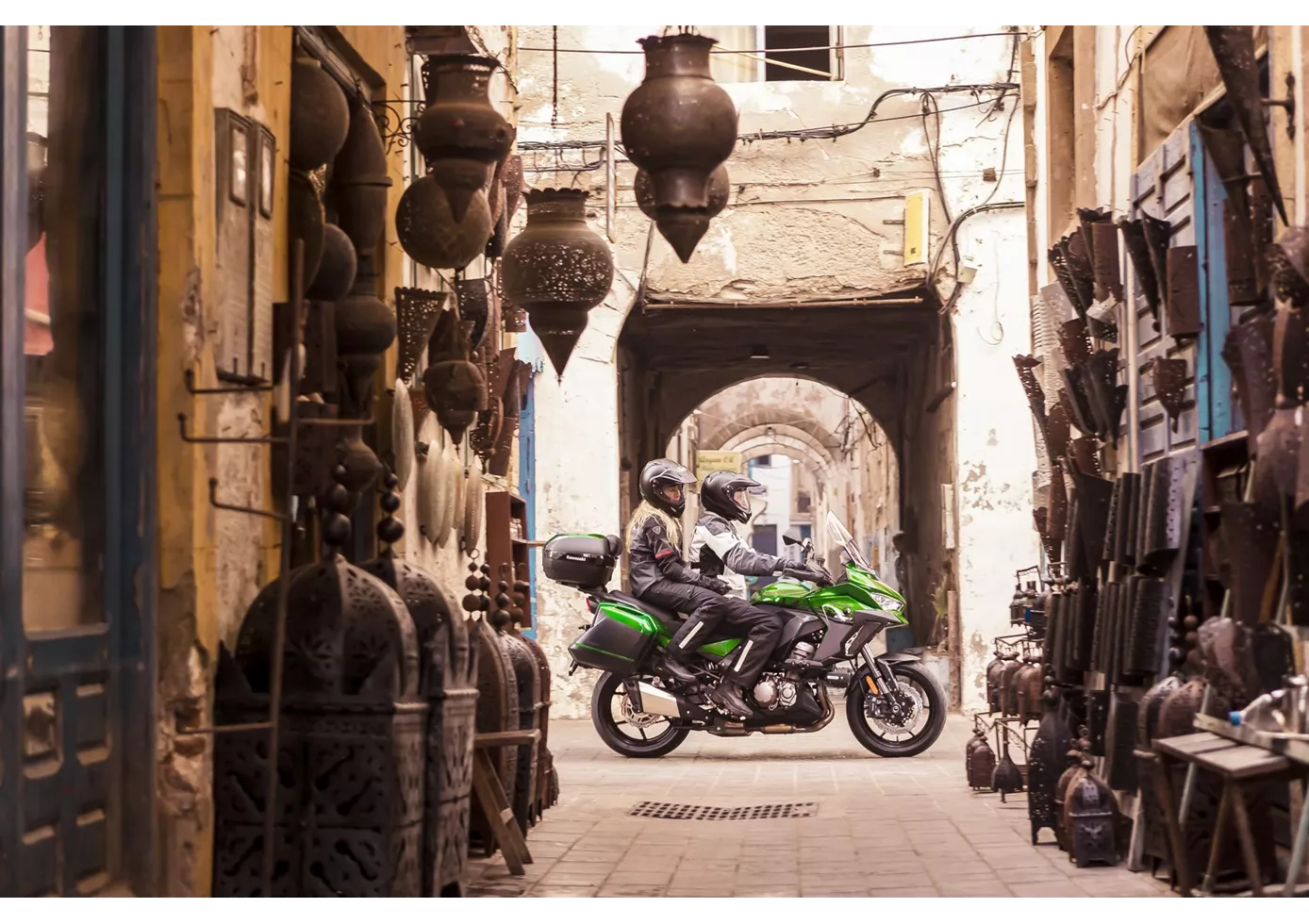
The Kawasaki Versys 1000 SE is a particularly well-designed representative of a type that is so difficult to categorise. In the end, it is simply a very good and universal motorbike. At the regulars' table, it will hardly score points with 120 hp. But in practice, all elements of the motorbike are designed and dimensioned in such a way that you enjoy riding it for a long time. On long tours, it has sufficient power, offers dynamic handling and high riding comfort. Compared to the competition, you hardly miss the power. Kawasaki should improve on the integration of a Navigatinos app in the display.
Price Comparison Avarage Market Price Kawasaki Versys 1000 S vs Kawasaki Versys 1000 SE
There are a few key differences between a Kawasaki Versys 1000 S 2021 and a Kawasaki Versys 1000 SE 2020. In terms of price, the actual average price of a Kawasaki Versys 1000 SE 2020 is about 8% higher. There are the same number of bikes of both models available on the 1000PS.de marketplace, specifically 8. It takes less time to sell a Kawasaki Versys 1000 S with 93 days compared to 156 days for a Kawasaki Versys 1000 SE. Since model year 2021 1000PS.de editors have written 5 reviews for the Kawasaki Versys 1000 S and 12 reviews for the Kawasaki Versys 1000 SE since model year 2019. The first review for the Kawasaki Versys 1000 S was published on 04/11/2020 and now has more than 49,600 views. This compares to more than 25,500 views for the first review on Kawasaki Versys 1000 SE published on 06/11/2018.
